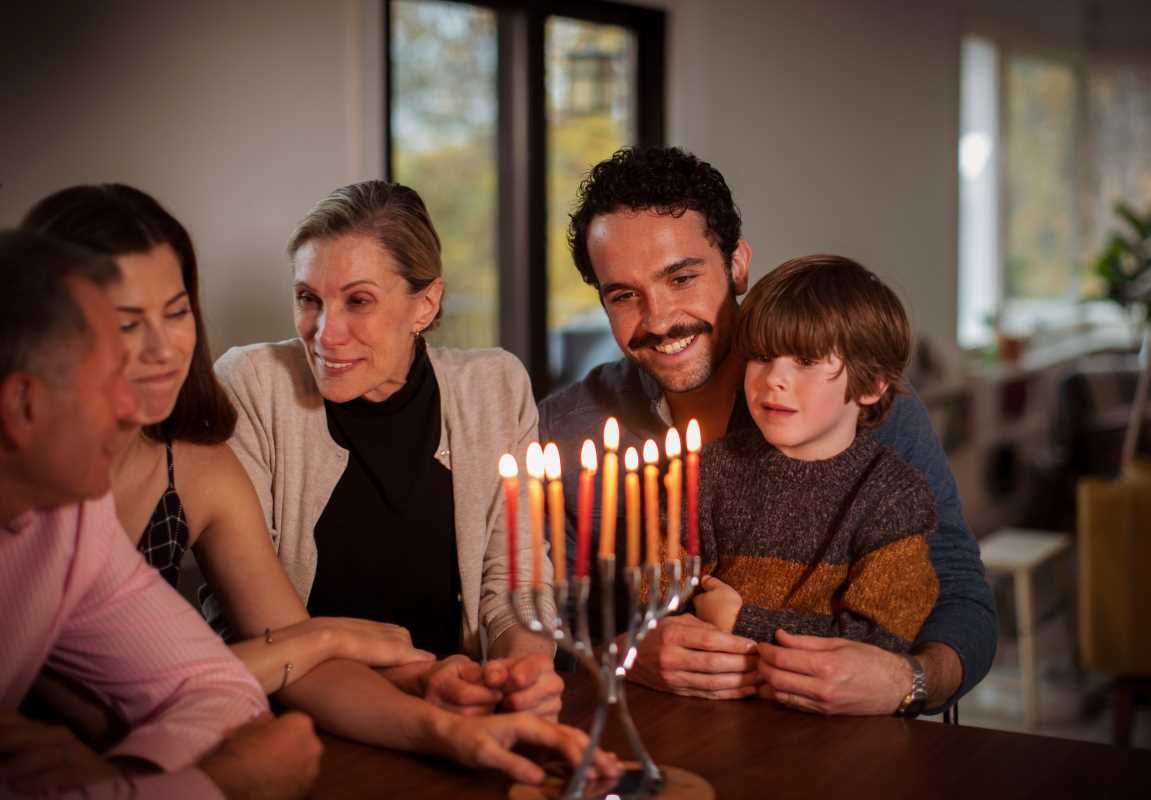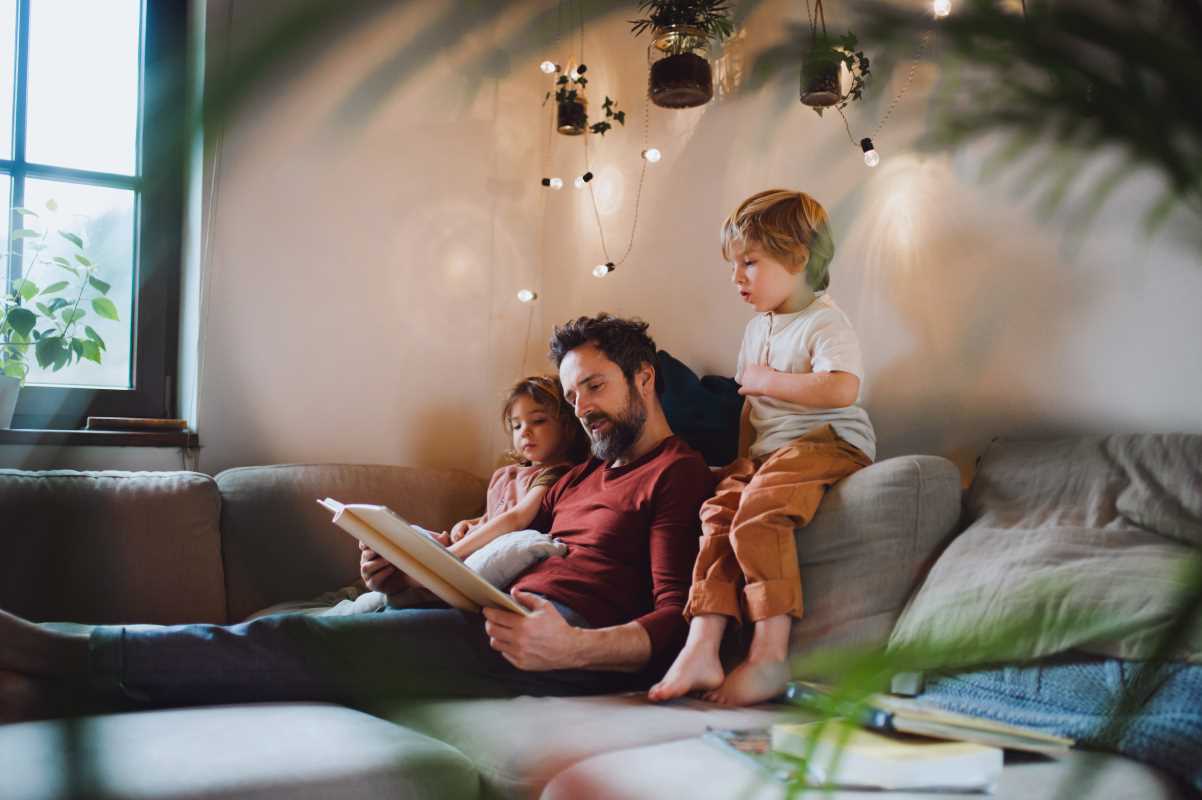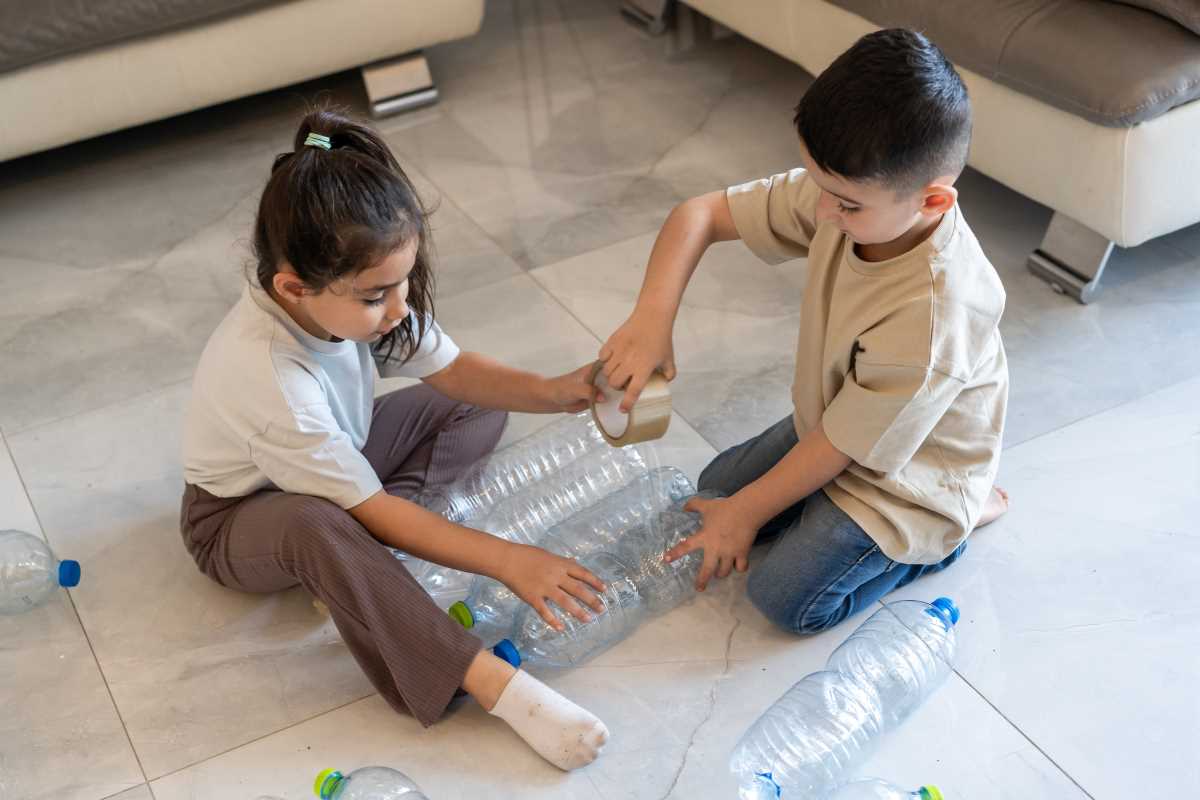Sunlight streams through wide windows, casting a warm glow over a living room filled with unique, well-loved furniture. Paint cans line up beside sketchpads brimming with color ideas and lively doodles, hinting at the artistic plans taking shape. In one corner, a collection of small potted plants waits patiently to bring fresh life into the space. Laughter and conversation fill the air as family members gather, sorting through brushes and tools, rolling painter’s tape, and spreading out drop cloths together. The room buzzes with excitement as everyone pitches in, turning a simple decorating project into an experience that brings people closer and sparks creativity.
Discover New Ways to Look at Teamwork
- Shared exploration sparks empathy when each person chooses an unexpected material—like wallpaper samples or reclaimed wood—and explains its appeal. This ignites curiosity about different preferences and reveals individual design instincts without judging. It helps build emotional bonds as members discuss textures and patterns, comparing tactile feelings and emotional responses rather than focusing solely on aesthetics.
- Rotating roles encourages adaptability when participants switch tasks at planned intervals. For forty-five minutes, one person measures and marks walls, while another mixes paint and a third organizes tools. Then they switch. This practice fosters respect for each other’s strengths and challenges, uncovers hidden talents, and adds playful variety to the project flow, strengthening social bonds through shared problem-solving.
- Story-driven planning boosts creativity by asking each contributor to share a personal memory linked to color or shape. They then map that story onto a mood board. This process combines emotional resonance with design choices, creating a shared vision that reflects personal histories. It guides the makeover into a space that tells a story and echoes family tales.
Practical Steps to Achieve a Unified Space
1. Paint Blending Session
Purpose: Mix a custom hue that appeals to multiple preferences.
- Actions:
- Gather primary paint colors and small sample cans.
- Measure 10 milliliters of each pigment into mixing cups.
- Stir thoroughly and apply a swatch on scrap drywall.
- Adjust ratios by adding 2 milliliters at a time until the tone feels right.
- Note: Sample cups cost around $3 each at hardware stores.
- Insider tip: Label each mixture with ratios on painter’s tape to recreate the perfect shade for touch-ups.
2. Modular Shelving Layout
Purpose: Maximize storage and visual harmony using adjustable units.
- Actions:
- Sketch wall dimensions on graph paper using a 1-square-equals-1-inch scale.
- Select brackets rated for 50 pounds per shelf.
- Drill pilot holes at measured heights.
- Install brackets using a level to ensure accuracy.
- Slot in shelves and test weight capacity with 10-pound books.
- Availability note: Brackets and shelf boards are available at most home centers for under $25 per bracket pair.
- Insider tip: Place heavier objects near anchors and keep lighter items toward free edges to prevent sagging.
3. Accent Wall Stencil Technique
Purpose: Add pattern consistency without complex wallpaper installation.
- Actions:
- Secure a 12x12-inch stencil to the wall with low-tack tape.
- Dip a foam roller lightly into base paint and dab off excess onto a tray.
- Apply the stencil in a grid pattern with even pressure.
- Lift stencil carefully before moving to avoid smudges.
- Fill in missed spots using a small artist brush.
- Cost note: A quality stencil set ranges from $15 to $30 online.
- Insider tip: Work in diagonal rows to stay aligned and reduce repositioning time.
4. Lighting Layer Coordination
Purpose: Balance task and mood lighting for varied use.
- Actions:
- Identify three zones—reading nook, main seating, and workspace.
- Choose LED fixtures with adjustable color temperatures.
- Install under-shelf strips at one meter length above the workspace.
- Mount a textbook-height floor lamp next to seating.
- Position a dimmable spotlight overhead.
- Metric: Aim for 300 lumens in task areas, 150 lumens for ambiance.
- Insider tip: Plug all lamps into a single smart outlet to adjust brightness and schedule on/off sequences via voice commands.
5. Textile Swatch Collaboration
Purpose: Coordinate fabrics across cushions, curtains, and rugs.
- Actions:
- Pin 3–5 swatches on a wall quadrant at eye level.
- Stand back three meters to observe color interplay.
- Assign each person to move one swatch up or down based on relative warmth or coolness.
- Rank swatches from highest to lowest personal preference.
- Order approved samples in 1.5-meter lengths from an online fabric retailer.
- Availability note: Expect delivery in 5–7 business days with free sample swatches.
- Insider tip: Mix a solid with a subtle geometric print to add visual interest while maintaining cohesion.
Keep Everyone Involved at Every Step
- Set micro-challenges lasting ten minutes—like finding three objects to repurpose as decor—so participants alternate between creative bursts and manual tasks, keeping energy high and preventing boredom.
- Take short breaks to recognize each person's contributions by sharing one compliment on a design choice or execution detail, creating positive feedback loops and boosting morale.
- Use a portable chalkboard to visually track completed steps. Let each person draw an icon or write a short note celebrating milestones, reinforcing the sense of collective achievement.
- Switch the role of “project storyteller” who captures a snapshot or records a quick voice memo describing progress. These stories foster excitement and document memories without the need for formal note-taking.
- End each session by setting a small goal for the next meeting, like sourcing a specific accessory or testing paint samples, establishing continuity and building anticipation for the next hands-on gathering.
Build Long-Term Family Traditions into the Space
Blend design with ritual by adding monthly idea sessions and a shared guest book to capture memories. These traditions turn the space into a living part of family life, where creativity and connection continue to grow long after the renovation is done.
 (Image via
(Image via





